Red currants in a summer cottage

Red currants are grown in summer cottages as often as black currants. Externally, this currant bush has a more compact shape; it is elongated at the top and compressed at the sides. Blossom Red Ribes starts earlier than black, approximately from the second half of May. In June the berries begin to ripen. The bush can abundantly bear fruit for 20-25 years, if it is fertilized in a timely manner and regularly. Red currants, like other berry crops, take a lot of nutrients from the soil, greatly depleting it. In the fall you need to apply superphosphate and potassium chloride, in the spring - nitrogen fertilizers and rotted manure. Red currant berries do not contain as much vitamin C as black currant fruits, but are rich in biotin, folic acid, iodine, phosphorus, thiamine, pectin, and calcium.
The red currant bush produces good harvests only if good lighting. It should be planted in an open sunny place. For the correct formation of the plant, its root neck is buried 5 centimeters, this leads to the formation of additional shoots and strengthening of the root system. After planting, all shoots are cut off, leaving only a couple of buds above the ground. Plant in autumn or early spring cut, removing shoots 7-8 years old. In dry weather, red currant bushes are watered abundantly, and throughout the growing season they are weeded and loosened. The winter hardiness of red currants is higher than that of black currants; the bushes practically do not freeze.This crop is also more resistant to diseases and pests. Bud mite and powdery mildew, which are so dangerous for black currants, never affect red currants.
There is a lot of variety varieties of this garden crop. The most common ones include “Red Cross”, “Transdanubian”, “Rondom”. “Ionkir van Tets” is distinguished by early ripening, “Beloved”, “Smolyaninovka”, “Natalie” by mid-early, “Yulanka”, “Rovada”, “Rota Spätlese” by late ripening. When planning to plant red currants, choose 2-3 different varieties that are zoned in your area.

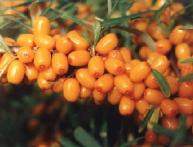
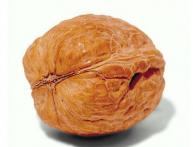

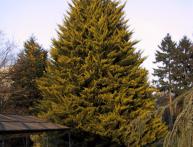

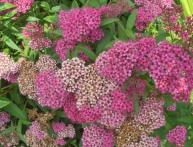
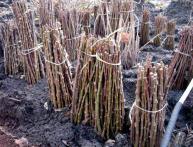
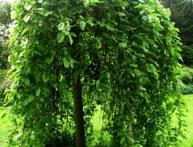
Comments
A very convenient and useful plant that needs to be grown in your own areas. You can eat the berries and dry the leaves for tea.